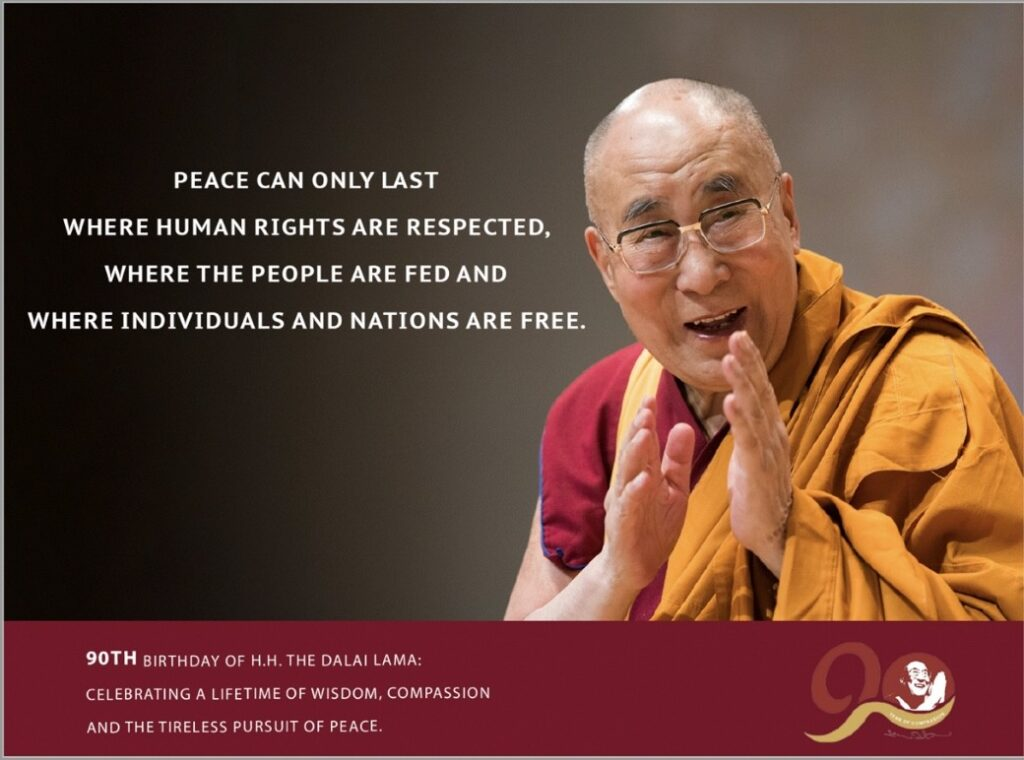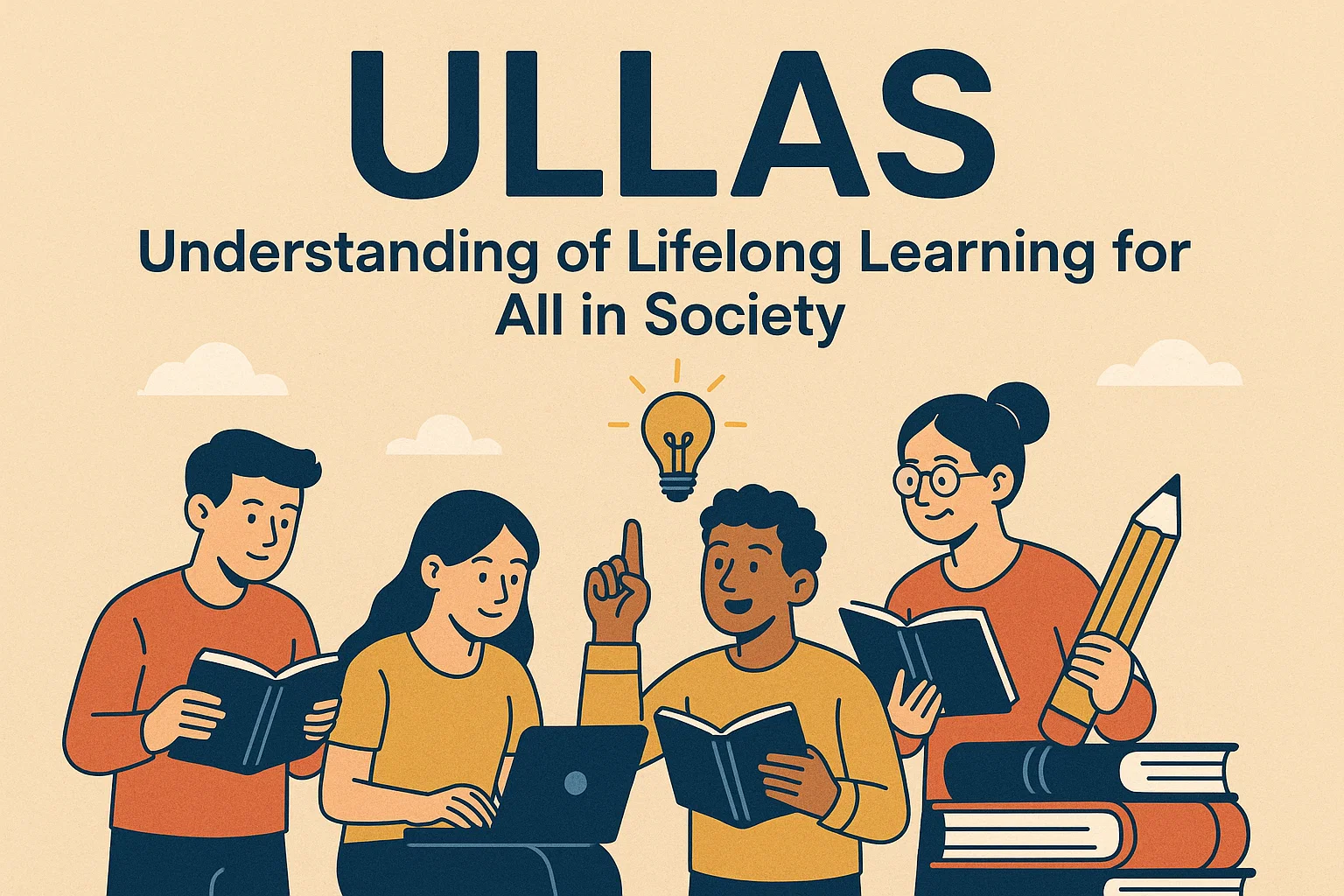Font size:
Print
Dalai Lama’s 90th Birthday
The Dalai Lama, his successor, and China
Context: His Holiness the 14th Dalai Lama, Tenzin Gyatso, turns 90 on July 6, 2025, and his birthday this year carries historic significance.

More on News
- A long-awaited statement on the future of his reincarnation is expected, to be delivered by Professor Samdhong Rinpoche and Penpa Tsering, the current Sikyong (President) of the Central Tibetan Administration (CTA).
- This announcement could shape the future of Tibetan Buddhism and its political relevance in global geopolitics, especially amidst growing concerns about China’s role in appointing a successor.
Who Is the 14th Dalai Lama and Why Is He Revered?
- Born in 1935 in Taktser village, present-day Qinghai province in China, the Dalai Lama was recognised at age 2 as the reincarnation of the 13th Dalai Lama, Thubten Gyatso.
- He is believed to be the human manifestation of Avalokiteshvara (Chenrezig), the Bodhisattva of Compassion.
- The Dalai Lama represents both a spiritual figure and a symbol of Tibetan identity and resistance.
- In 1959, following a failed uprising against Chinese occupation, the Dalai Lama fled to India through Arunachal Pradesh, where he was given asylum.
- He has since lived in Dharamshala, where the Tibetan government-in-exile was formed in 1960 under India’s protection.
When Did the Dalai Lama Relinquish His Political Role?
- On March 14, 2011, the Dalai Lama officially relinquished his temporal authority by writing to the Tibetan Parliament-in-Exile, seeking to end the 368-year-old tradition of a theocratic rule.
- The transfer of political power was completed on May 29, 2011, to an elected leadership, marking a major step in the democratisation of the Tibetan exile government.
What Is the Significance of Reincarnation in Tibetan Buddhism?
- In Tibetan Buddhism, reincarnation follows the tulku system, where a lama is reborn to continue their spiritual mission.
- The first Dalai Lama was Gedun Drupa (1391–1474), and the institution gained temporal power during the tenure of the 5th Dalai Lama, Lobsang Gyatso.
- Reincarnations are traditionally identified through visions, signs, and spiritual omens, often involving high lamas and rituals.
- The current Dalai Lama was found in 1939 and enthroned in 1940 in Potala Palace, Lhasa.
Why Is China’s Role in the Reincarnation Process Controversial?
- The Chinese government considers the 14th Dalai Lama a “separatist” and claims exclusive rights to appoint his successor.
- In 2007, it passed laws that banned unauthorised searches for reincarnations, requiring use of the Golden Urn method—a Qing dynasty practice Beijing uses to assert control over religious matters.
- The Dalai Lama, however, has asserted that his successor will be born outside Chinese control, in a free country, and that no recognition should be given to any candidate selected by China for political purposes.
- This clash lies at the heart of fears that Beijing may install a rival “Dalai Lama”, undermining the spiritual authenticity of the institution.


